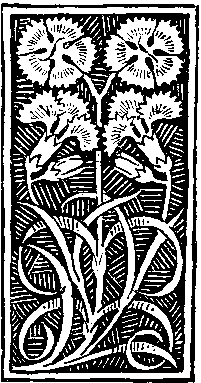Envisioning the Ripper’s Visions:
Adapting Myth in Alan Moore and Eddie Campbell’s From Hell
Keywords:
Alan Moore, Eddie Campbell, From Hell, graphic novel, Jack the Ripper, metadaptation, neo-VictorianAbstract
The ongoing fascination with Jack the Ripper stems from the mystery that surrounds him – from the only fact that is unquestionable about him – his invisibility. Taking Alan Moore and Eddie Campbell’s graphic novel From Hell (1989-1998) as an example, this article will reread Jack the Ripper in the context of the paradoxical intertwining of his physical absence and medial overrepresentation as formative of the Ripper myth and the significance of vision to his subsequent adaptations and appropriations. It argues that, on a metalevel, From Hell uses the myth of the 19th century serial killer as a space where broader issues of adaptation and post-Victorian engagement can be revealed, theorised, and commented upon. Reread in terms of metadaptation, the graphic novel foregrounds our own position vis-à-vis the Victorians, and points to the utility of the adaptive framework to neo-Victorian preoccupations.
CAUTION: The following article includes explicit images/material of a sexual and/or violent nature, to which some users may not wish to be exposed. If you proceed to view/read the article, you agree to do so in the full knowledge that you may encounter material you find objectionable. Please note, that the article is not deemed suitable for viewing/reading by persons under the age of 18. If you are under 18, please desist from further viewing/reading, or obtain prior permission from your legal guardian to proceed.


